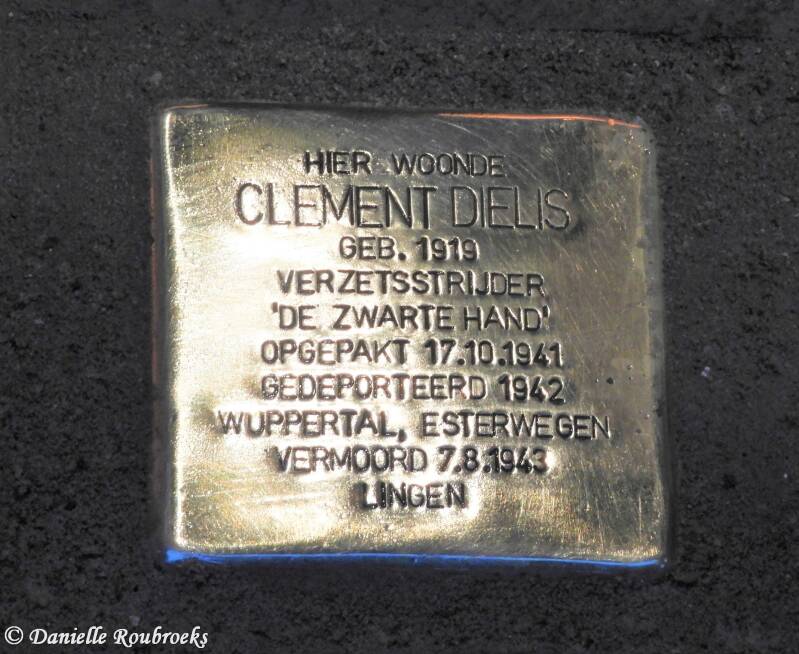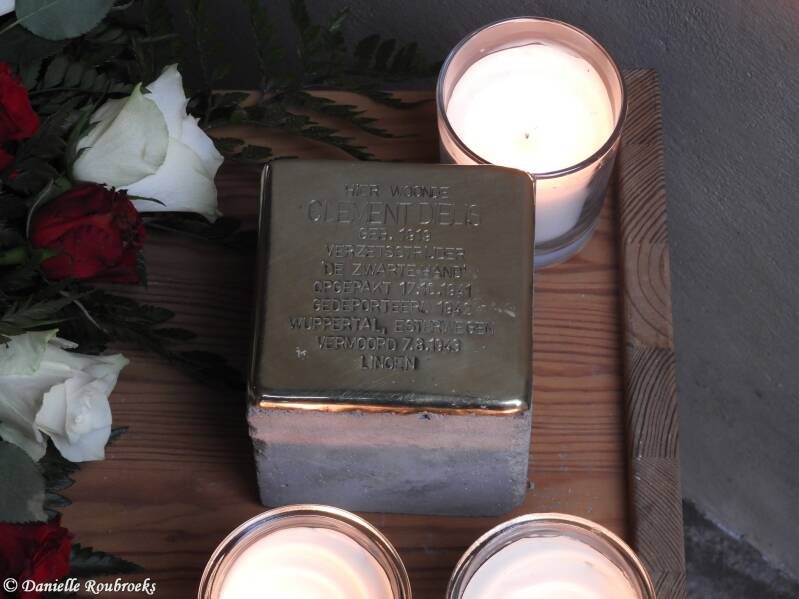Puurs - Stolpersteine
Information: Wikipedia
A Stolperstein literally "stumbling stone", metaphorically a "stumbling block" is a sett-size, 10 by 10 centimetres (3.9 in × 3.9 in) concrete cube bearing a brass plate inscribed with the name and life dates of victims of Nazi extermination or persecution.
The Stolpersteine project, initiated by the German artist Gunter Demnig in 1992, aims to commemorate individuals at exactly the last place of residency—or, sometimes, work—which was freely chosen by the person before he or she fell victim to Nazi terror, euthanasia, eugenics, was deported to a concentration or extermination camp, or escaped persecution by emigration or suicide. As of 29 March 2018, over 67,000 Stolpersteine have been laid in 22 countries, making the Stolpersteine project the world's largest decentralized memorial.
The majority of Stolpersteine commemorate Jewish victims of the Holocaust. Others have been placed for Sinti and Romani people (then also called "gypsies"), homosexuals, the physically or mentally disabled, Jehovah's Witnesses, black people, members of the Communist Party, the Social Democratic Party, and the anti-Nazi Resistance, the Christian opposition (both Protestants and Catholics), and Freemasons, along with International Brigade soldiers in the Spanish Civil War, military deserters, conscientious objectors, escape helpers, capitulators, "habitual criminals", looters, and others charged with treason, military disobedience, or undermining the Nazi military, as well as Allied soldiers.
List of Stolpersteine in the city of Puurs
Willem De Vochtstraat 14: CLEMENT DIELIS
Willem De Vochtstraat 14
hier woonde
CLEMENT DIELIS
geb. 1919
verzetsstrijder
‘De Zwarte Hand’
opgepakt 17.10.1941
gedeporteerd 1942
Wuppertal, Esterwegen
vermoord 7.8.1943
Lingen
Willem De Vochtstraat 14
here lived
CLEMENT DIELIS
born 1919
resistance fighter
‘De Zwarte Hand’
arrested 17.10.1941
deported 1942
Wuppertal, Esterwegen
murdered 7.8.1943
Lingen
In the attic radio messages were sent to London in 1940-1941 with a secret transmitter to inform the Allies about the doings of the Nazis and the military activities of the Germans.
In 1941, 109 of the 111 members of De Zwarte Hand were arrested and deported to Fort Breendonk; only 37 of them survived the camps. It was striking that De Zwarte Hand was a group of young resistance fighters, on average 25 years old and almost half even younger than 20. On 7 August 1943, 12 leaders (9 from Puurs) were shot in Lingen. Two of them worked at the town hall: Emiel De Cat as receiver and Clement Dielis, the leader of the group, at the land registry. The town hall was also the headquarters of the resistance movement.
Clement Dielis is 22, works at the town hall, plays football at Excelsior Puurs and has a sweetheart called Josephine. But Clement is also co-founder and leader of De Zwarte Hand, one of the first resistance groups in Belgium.






